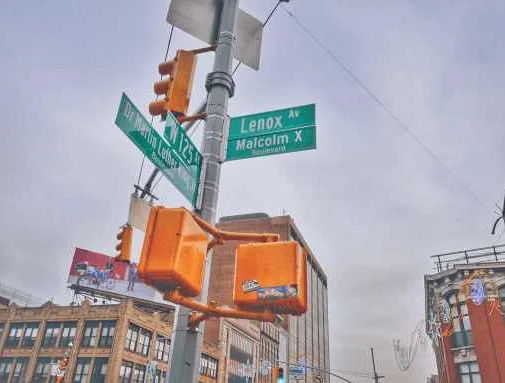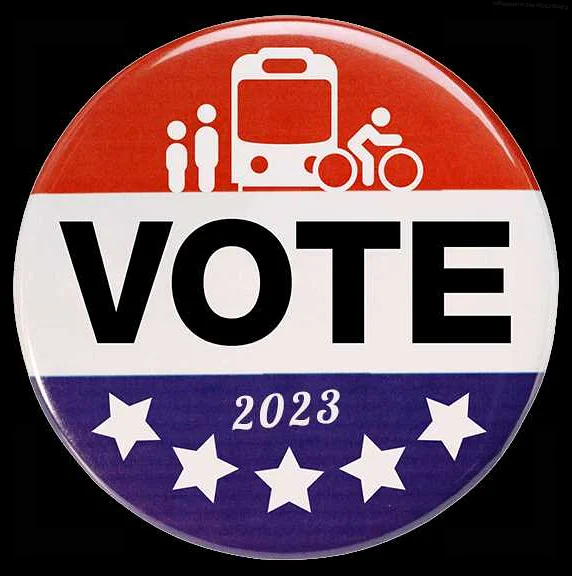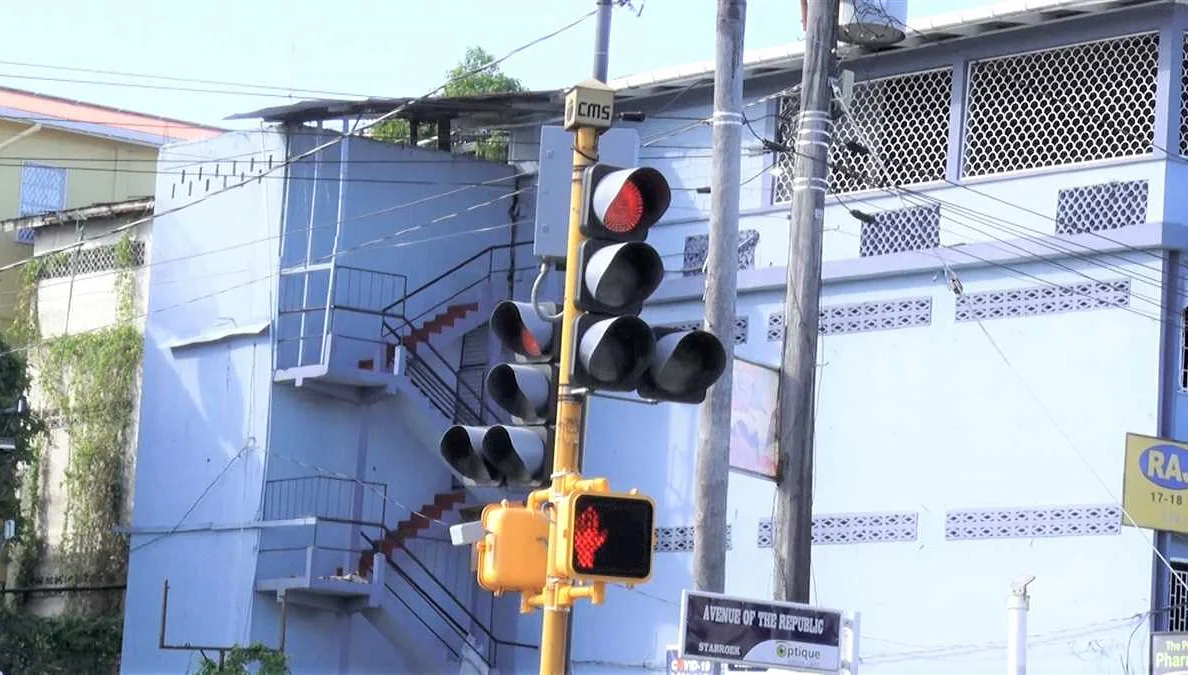St. Petersburg to Install 700 Sound-Enabled Traffic Lights for Visually Impaired
To improve accessibility for visually impaired individuals, St. Petersburg will install 700 traffic lights with sound, fulfilling a request from the community. This initiative aims to enhance safety and mobility for all pedestrians in the city.
In a move to improve accessibility for the visually impaired, the city of St. Petersburg has announced plans to install 700 new traffic lights equipped with sound signals. The initiative comes after numerous requests from the visually impaired community, who have long struggled with crossing busy streets safely.
The sound-equipped traffic lights will provide an audible signal, allowing visually impaired pedestrians to know when it is safe to cross the road. The signal will consist of a series of beeps, which will indicate when the pedestrian has the right of way. This will greatly enhance the independence and safety of visually impaired individuals, enabling them to navigate the city more confidently.
The installation of these new traffic lights is part of a wider effort by the city to create a more inclusive environment for all residents. St. Petersburg has been actively working towards improving accessibility in public spaces, including ramps, tactile paving, and audio announcements in public transportation. The addition of sound-equipped traffic lights is another step in the right direction, ensuring that visually impaired individuals have equal access to the city’s infrastructure.
The project is set to be completed over the next few months, with the first sound-equipped traffic lights expected to be operational by the end of the year. The city aims to prioritize areas with higher pedestrian traffic and significant populations of visually impaired residents. This initiative not only demonstrates the city’s commitment to inclusivity but also serves as a model for other cities to follow.
Visually Impaired Benefit: 700 Sound-Equipped Traffic Lights Enhancing Safety in St. Petersburg

In a move to improve safety and accessibility for visually impaired individuals, St. Petersburg is set to install 700 sound-equipped traffic lights across the city. This initiative aims to enhance the mobility and independence of visually impaired pedestrians, ensuring their safety while navigating the streets.
With the installation of these sound-equipped traffic lights, visually impaired individuals will be able to rely on audio cues to cross intersections safely. The traffic lights will emit audible signals, such as beeps or spoken instructions, indicating when it is safe to cross. This feature will provide an additional level of assurance and guidance for individuals with visual impairments, empowering them to navigate the city more confidently.
The introduction of sound-equipped traffic lights reflects St. Petersburg’s commitment to inclusivity and equal access for all residents. By prioritizing the needs of visually impaired individuals, the city is taking significant steps towards creating a more accessible and accommodating urban environment.
Furthermore, these traffic lights will not only benefit the visually impaired community but also have a positive impact on overall road safety. The audible signals can alert all pedestrians, including those without visual impairments, to the changing traffic conditions and encourage everyone to exercise caution while crossing the road.
The installation of 700 sound-equipped traffic lights is part of a broader effort by St. Petersburg to enhance accessibility and promote a barrier-free city for all residents. By recognizing the unique needs of visually impaired individuals and implementing targeted solutions like these traffic lights, St. Petersburg is setting an example for other cities to follow.
Accessibility for Visually Impaired
Ensuring accessibility for visually impaired individuals is crucial for creating an inclusive society. In St. Petersburg, Russia, efforts are being made to improve accessibility through the installation of 700 sound-equipped traffic lights.
For visually impaired individuals, navigating the city can be challenging, especially when it comes to crossing roads safely. Sound-equipped traffic lights provide audio cues that help visually impaired individuals determine when it is safe to cross the street.
These traffic lights emit a distinct sound when the pedestrian crossing signal is activated. This sound serves as a guide for visually impaired individuals, indicating when it is safe to walk. The distinctive sound can be easily recognized and distinguished from other sounds in the environment.
In addition to sound-equipped traffic lights, other measures can be taken to improve accessibility for visually impaired individuals. Braille signage can be installed in public areas to provide information about buildings, facilities, and directions. Tactile paving can be used to guide visually impaired individuals along sidewalks and pedestrian crossings.
It is important for cities to prioritize accessibility for visually impaired individuals by implementing these measures. By doing so, we can create a more inclusive and welcoming environment for everyone.
Improved Safety Measures

In an effort to improve safety for visually impaired individuals, St. Petersburg is implementing 700 sound-equipped traffic lights. These specialized signals will provide auditory alerts to pedestrians, notifying them when it is safe to cross the street. This important initiative aims to reduce accidents and increase accessibility for individuals with visual impairments.
The sound-equipped traffic lights will emit a distinct audible tone, allowing visually impaired individuals to navigate the streets with greater confidence and independence. The tones will vary depending on the direction of traffic, providing clear and concise information to pedestrians.
With these enhanced safety measures, pedestrians with visual impairments will no longer have to rely solely on their other senses or the assistance of others when crossing the street. The sound-equipped traffic lights will serve as an additional aid, offering a greater level of autonomy and ensuring that individuals with visual impairments can navigate the city safely.
The installation of 700 sound-equipped traffic lights demonstrates the city’s commitment to inclusivity and accessibility. It is a significant step forward in creating an environment that is accommodating to all residents, regardless of their abilities. By implementing these improved safety measures, St. Petersburg is setting an example for other cities to follow in prioritizing the needs of visually impaired individuals and ensuring their safety on the streets.
Contribution to Equality

The installation of 700 sound-equipped traffic lights in St. Petersburg is a significant step towards promoting equality and inclusivity in the city. This initiative ensures that visually impaired individuals can safely navigate the streets, which is a basic right that should be accessible to all.
By implementing these sound-equipped traffic lights, the city is acknowledging the needs of the visually impaired community and providing them with the necessary tools to live independently and with dignity. This contribution to equality goes beyond simply fulfilling a legal obligation; it demonstrates a commitment to creating a more inclusive and accessible environment for all residents.
The sound-equipped traffic lights utilize audible signals to indicate when it is safe to cross the street, allowing visually impaired individuals to navigate intersections confidently. This technology complements existing infrastructure and helps bridge the gap in accessibility, ensuring that everyone can participate in daily activities such as going to work, running errands, or simply enjoying the city.
| 1. Improved safety for visually impaired pedestrians |
| 2. Increased independence and mobility |
| 3. Enhanced accessibility to public spaces |
| 4. Equal opportunities for participation in society |
| 5. Symbolic gesture of inclusivity and empathy |
This significant investment in inclusive infrastructure sends a powerful message that St. Petersburg values the rights and well-being of all its residents. It sets an example for other cities and communities to prioritize accessibility and take proactive steps towards creating a more equitable society.
By integrating such features into urban planning and infrastructure development, cities can break down barriers and foster a more inclusive environment for everyone. The introduction of sound-equipped traffic lights is a crucial step towards achieving this goal and ensuring that equality is not just a buzzword, but a tangible reality.
Partnership with Local Authorities

Implementing sound-equipped traffic lights requires close collaboration between the city government and local authorities. The project aims to enhance accessibility and inclusivity for visually impaired individuals in St. Petersburg.
The local authorities have played a crucial role in identifying suitable locations for the installation of these special traffic lights. By working closely with the city government, they have ensured that the sound-equipped traffic lights are strategically placed in areas with high pedestrian traffic and where visually impaired individuals frequently navigate.
Furthermore, the partnership between the city government and local authorities has facilitated the allocation of resources and funding for the project. The local authorities have helped secure the necessary funds to purchase and install the sound-equipped traffic lights, demonstrating their commitment to improving the lives of visually impaired residents.
This collaboration has also included ongoing communication and feedback mechanisms to ensure the effectiveness of the implemented measures. The local authorities have been proactive in gathering feedback from visually impaired individuals and incorporating their suggestions into the project. This approach ensures that the sound-equipped traffic lights meet the specific needs of the visually impaired community in St. Petersburg.
Overall, the partnership between the city government and local authorities is essential in successfully implementing initiatives that promote accessibility and inclusivity. By working together, they have been able to improve the safety and mobility of visually impaired individuals in St. Petersburg.